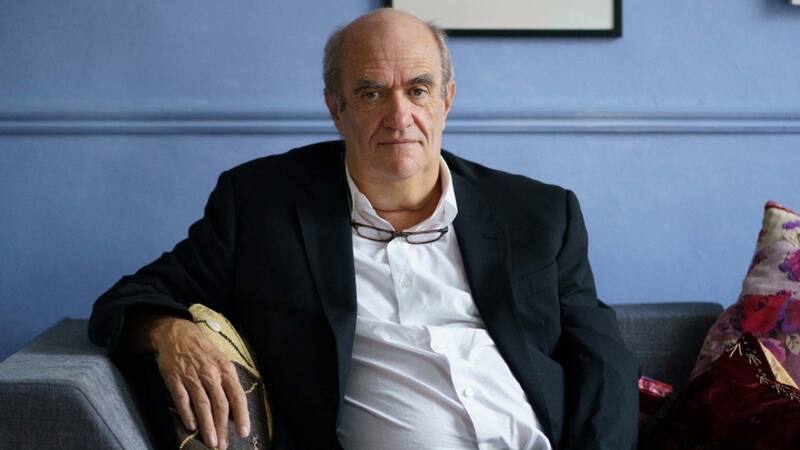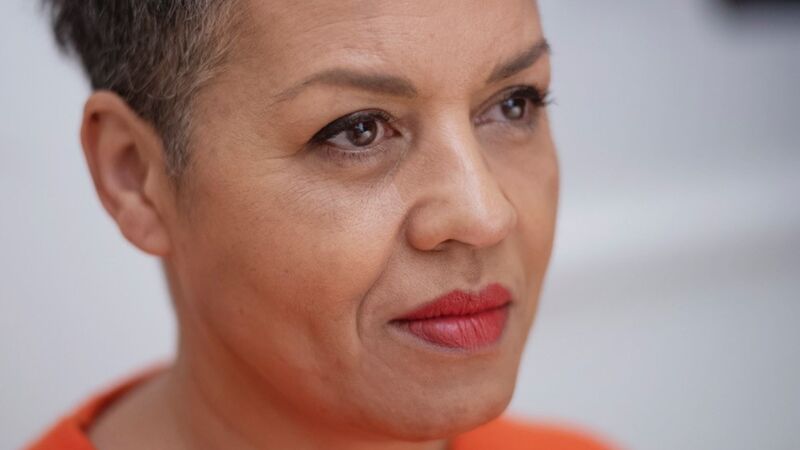You are viewing your 1 free article this month. Login to read more articles.
Hachette 'moving in the right direction' as it cuts gender pay gap
Hachette UK's latest gender pay gap report shows that the mean gender pay gap for Hachette UK Ltd dropped four percentage points from 25.9% in 2019 to 21.9% in 2020 while the median gender pay gap closed less than one percentage point, from 18.4% in 2019 to 17.6% in 2020.
The mean pay gap is measured by adding up all the salaries of men and women staffers and dividing it by the number of employees, whereas the median is calculated via the figure that falls in the middle of all employees' salaries ranked from lowest to highest paid.
Viewed across the past four years, the publisher's median gender pay gap has declined by 7.1 percentage points from 24.7% in 2017 to 17.6% in 2020. However like-for-like comparison across the period is difficult since the composition of Hachette UK Ltd changed between 2018 and 2019's reports; it now houses all publishing divisions, whereas pre-2019 it excluded Bookouture, Little, Brown, Octopus, Orion and Quercus, as well as distribution. It still excludes distribution.
Hachette UK said it has been working to increase the percentage of women in the company's upper pay quartile, following its pledge in 2017 to ensure that the 66% of the company comprising women at the time would be reflected in the top pay quartile by 2020. In 2020, Hachette UK was just shy of this target, achieving a 65% representation of women in the upper quartile - up 6% from its very first gender pay gap report. Its attentions in this area are also reflected in Hachette UK’s board structure, where in 2021 women represent 56% of the board compared to a third in 2017.
The publisher also pointed out that the percentage of men working in the business has decreased, meaning that the increase in higher paid women is not closing the gender pay gap as much as expected.
Melanie Tansey, group HR director, commented: "We’re pleased to see that our median gender pay gap has reduced by 7.1 percentage points since our first report and we remain committed to driving positive cultural change. Introducing shared parental leave, flexible working and, most recently, a raft of new measures to bring more transparency to how pay is calculated, awarded and communicated, are just some of the ways we’re aiming to become the publisher and employer of choice for everyone. While we have a long way to go, it’s encouraging to see from the latest figures that we’re continuing to move in the right direction on our gender pay gap."
The company provided two sets of figures for its gender pay gap reporting, as it has done in the past. Its median 17.6% gender pay gap is for the company's publishing functions as Hachette UK Ltd; but when reporting for the whole group, including distribution, its gender pay gap falls to 6.7%. Hachette UK Ltd's mean 21.9% gender pay gap is for the company's publishing and Hachette functions, likewise; taking into account the whole group (everyone including distribution) the gap is 13.8%.
Looking at bonuses for the company's publishing and Hachette functions, the median gap is 20.7% and mean gap is 60.6% for 2020. It was higher in 2019, at 23.3% and 68% respectively. The way in which the bonus pay gap is calculated, based on absolute values rather than pro-rata data, affects the figures with 90% of part-timers being women employees. A higher proportion of both women and men employed by the company received a bonus in 2020 compared to in 2019 (94.6% vs 91.3% for women and 96.2% vs 91.9% for men).
Penguin Random House UK reported a rise in its gender pay gaps in 2020 while HarperCollins saw a slight fall in its mean gender pay gap though its median one was static.
All data relates to a snapshot date of 5th April 2020.















